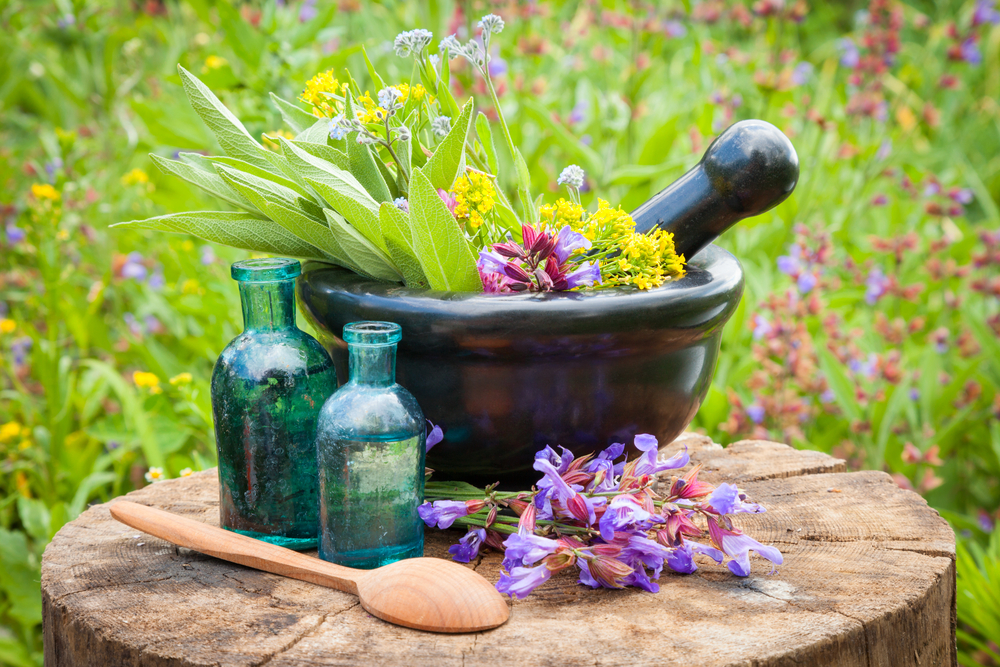In a time when the study of science, botany and horticulture was very much the domain of men one Cornish woman became a respected pioneer in the research and collection of plants.
Elizabeth Andrew Warren was born at St Clement near Truro in April 1786. Her father, George, died when she was only around 10 years old and she and her mother, also called Elizabeth, went to live in Flushing, the busy village close to Falmouth that was home to many of the Packet Ship captains and their crew.
Despite having little formal education Elizabeth spent her days collecting and preparing plant specimens for study, writing to other botanists (including William Hooker of Kew Gardens with whom she maintained a 30-year correspondence), organising a network of plant collectors for the Royal Cornwall Horticultural Society and working with various other scientific societies around the county and beyond.
Elizabeth never married and lived with her mother for most of her adult life. She was friendly with many of the naval families in Flushing and various sailors would send her samples or bring back plants and seeds from their travels around the world and she would then send these on to Kew.
Founding member of Royal Cornwall Polytechnic Society
She was a founding member of the ‘Royal Cornwall Polytechnic Society ‘in Falmouth, which at the time was a unique, trailblazing organisation promoting scientific advancement and discovery in Cornwall. Elizabeth would organise annual competitions at the society to find the rarest and best plant species. She was also responsible for organising and collecting specimens for an RCHS-sponsored herbarium of native Cornish plants. The herbarium aimed to record every plant found in Cornwall and Elizabeth, despite hardly ever leaving the area around Falmouth and Truro, gathered the vast majority of the 470 flowering plants, mosses, lichens, algae, ferns herself.
In 1843 Warren published a large botanical chart for use in schools to educate children about botany and the natural world. These charts were given to schools across Cornwall. Elizabeth also discovered entirely new species that were unknown in the United Kingdom and in 1849, she published her discoveries of marine algae, most of which she had gathered along the shoreline near Falmouth.
She spent a great deal of time on the beaches and foreshores around the River Fal, collecting and then drying samples of seaweed and algae that she then bound into books. The ‘Royal Cornwall Polytechnic Society’ still hold five folders of pressed and annotated algae she produced, preserved in their archive.
Don’t forget Elizabeth Andrew Warren’s legacy
Elizabeth Andrew Warren continued to collect plants into her sixties and died at her sister Susanne’s house, ‘Sunset’, in the village of Kea near Truro in May 1864 aged 76. She was buried at Camborne and while her legacy is now widely a forgotten one unusually for the era her work and her contribution was noted by her male peers during her lifetime. In his history of British seaweeds, Phycologia Britannica, Hooker lists an algae named after her by the botanist Robert Caspary, Schizosiphon Warreniae, and he also credits ‘Miss Hooker’ as one of his plant collectors in his 1841 Manual of the British Algae.
